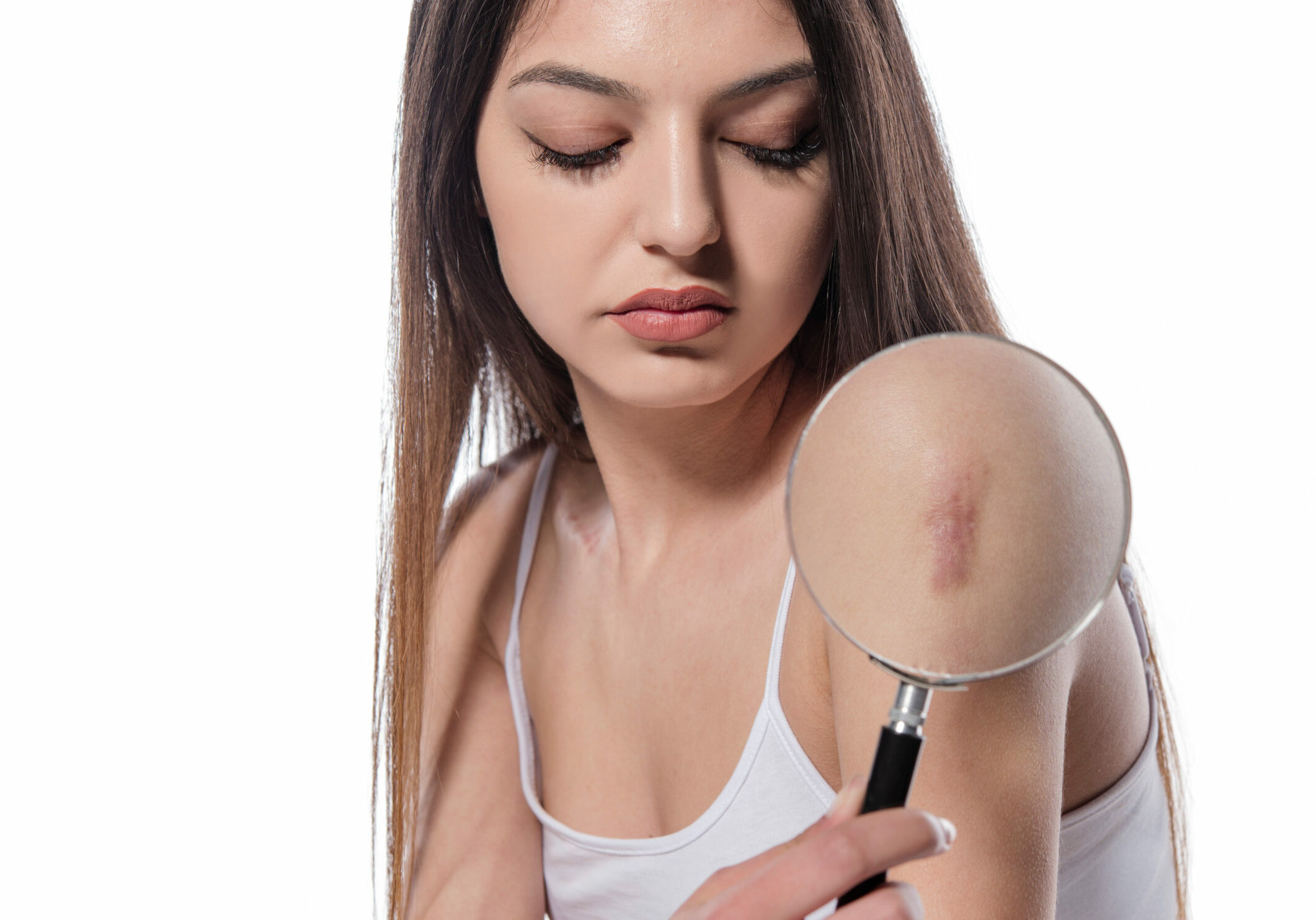Place-and-Hold Versus Active Mobilization Therapy After Flexor Tendon Repair
Filed under Treatments
Title: Passive Mobilization With Place-and-Hold Versus Active Mobilization Therapy After Flexor Tendon Repair: 5-Year Minimum Follow-Up of a Randomized Controlled Trial
Article Review By: Tommi Hintnaus
Reference:
Chevalley, S., Wangberg, V., Ahlen, M., Stromberg, J., & Bjorkman, A. (2024, October 4).
Passive Mobilization With Place-and-Hold Versus Active Mobilization Therapy After Flexor Tendon Repair: 5-Year Minimum Follow-Up of a Randomized Controlled Trial. The Journal of Hand Surgery. https://www.jhandsurg.org/article/S0363-5023(24)00403-9/fulltext
The Skinny: This randomized controlled trial compared the long-term outcomes of passive mobilization with place-and-hold versus active mobilization after flexor tendon repair in zones I or II. Sixty-four patients were followed during this study, with forty-seven completing a minimum 5-year follow-up. Key assessments included range of motion (ROM), grip strength, key pinch, and patient-reported outcomes (DASH and ABILHAND). Results showed that passive mobilization with place-and-hold resulted in significantly better ROM and less flexion contracture than the active mobilization group, which showed a decline in ROM over time. Grip strength decreased in both groups, though key pinch remained consistent. Patient-reported outcomes improved significantly in the passive group, although not in the active group. The study concludes that passive mobilization with place-and-hold offers greater long-term outcomes, particularly in ROM, and is associated with fewer long-term complications compared to active mobilization.

In the Weeds: The study included 64 patients with flexor tendon injuries in zones I or II, admitted to the Department of Hand Surgery at Sahlgrenska University Hospital between 2013 and 2017. To be included in the study, patients had to be over 16 years of age with a complete transection of the flexor digitorum profundus tendon in fingers 2–5 and able to undergo early mobilization. Patients with accompanying flexor digitorum superficialis or digital nerve injuries were accepted if other criteria were met. Exclusion criteria included severe concomitant injuries, fractures, previous hand impairments, inability to follow the rehabilitation protocol, and active drug abuse or psychiatric disorders. The 64 patients were randomly assigned to one of two groups, either active mobilization or passive mobilization, with place-and-hold one to three days following surgery. At the 1-year follow-up, 55 patients were examined, and 47 completed the 5-year follow-up, which was conducted between November 2021 and January 2023. All surgeries were consistent, using the same technique, which was the four-stranded core suture and an epitendinous suture. All patients provided informed consent, and the examinations were performed by a hand surgeon who was blinded to the rehabilitation protocol each patient had followed.
Bringing it Home:
The study’s results found that patients who underwent passive mobilization with place-and-hold after flexor tendon repairs had greater ROM at the 5-year follow-up compared to those in the active mobilization group. The active mobilization group experienced a decline in ROM and increased flexion contracture over time, whereas the passive group maintained their ROM without noteworthy changes in contractures. Both groups saw a decline in grip strength from 1-year to 5-year follow-up, although key pinch strength remained the same in both groups. The scores from the patient-reported outcomes of the DASH and ABILHAND improved significantly in the passive mobilization group but not in the active mobilization group.
In conclusion, passive mobilization with place-and-hold provides superior long-term outcomes regarding ROM and patient-reported functionality compared to active mobilization. Passive mobilization also prevents flexion contractures, making it a more effective rehabilitation approach following flexor tendon repair.
Rating: ⅘. The study was a randomized controlled trial, a strong study design for comparing two rehabilitation methods. The long-term follow-up of 5 years increases the strength of the findings as well as the inclusion and exclusion criteria being clearly defined. The results align well with the analysis and seem valid based on the presented data. This study has changed my clinical practice, especially in rehabilitating flexor tendon injuries. This study provides evidence for practitioners focused on long-term outcomes to consider shifting to passive mobilization protocols.
More To Read
Article Review: Use of Paper Tape for Scars
Use of Paper Tape for Scars (What is scar tape?) O’Reilly, S, Crofton, E., Brown, J., Strong, J., & Ziviani, J. (2021). Use of tape for the management of hypertrophic scar development: A comprehensive review. Scars, Burns & Healing, 7, 1–17 DOI: 10.1177/20595131211029206 The Skinny The authors looked to do a review of the current literature…
Read MoreVagus Nerve Stimulation (VNS) for Various Etiologies
What is it: Vagus nerve stimulation (VNS) is a medical treatment that uses a device to deliver electrical impulses to the vagus nerve, which runs on both sides of the body from the lower brain through the neck to the chest and stomach. The left vagus nerve is typically used for this procedure, as simulating…
Read MoreOrthotic Intervention Incorporating Dart- Throwers Motion for Scapholunate Injury
Anderson, H. & Hoy, G. (2016). Orthotic intervention incorporating the dart-thrower’s motion as part of conservative management guidelines for treatment of scapholunate injury. Journal of Hand Therapy, 29, 199-204. By Brittany Carrie The Skinny Ligaments that overlay the carpal bones are imperative for wrist motion; however, are highly susceptible to instability. Injury to the scapholunate…
Read MoreSign-up to Get Updates Straight to Your Inbox!
Sign up with us and we will send you regular blog posts on everything hand therapy, notices every time we upload new videos and tutorials, along with handout, protocols, and other useful information.





